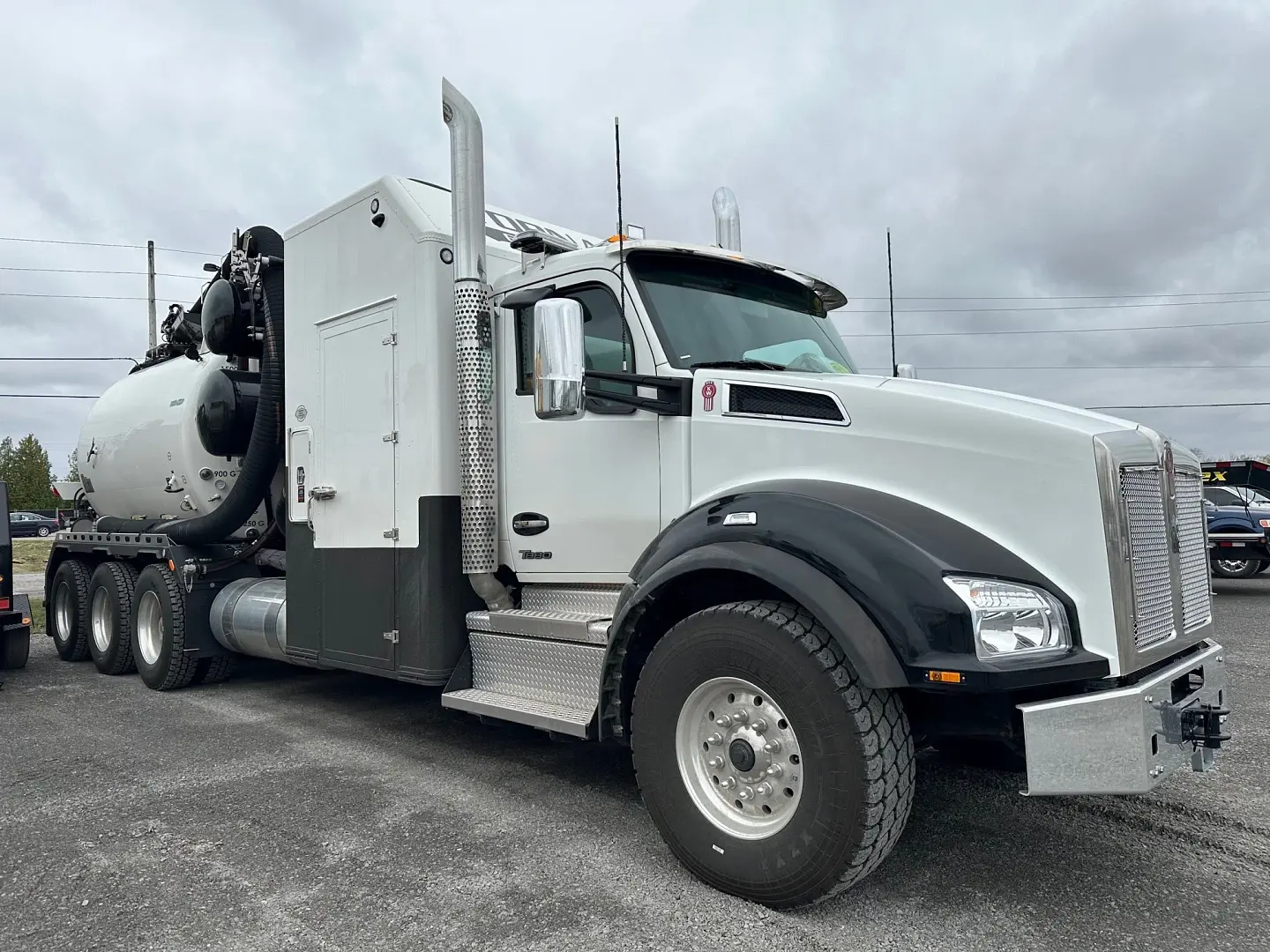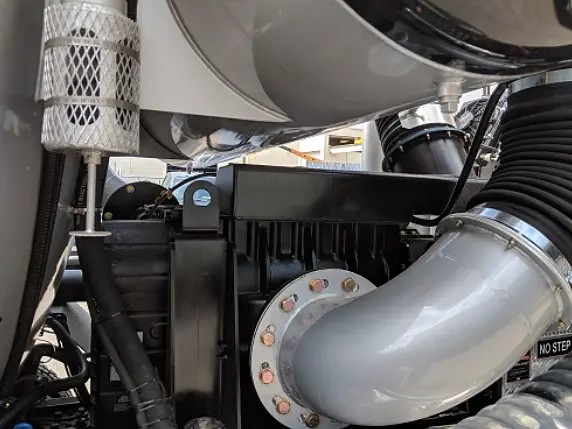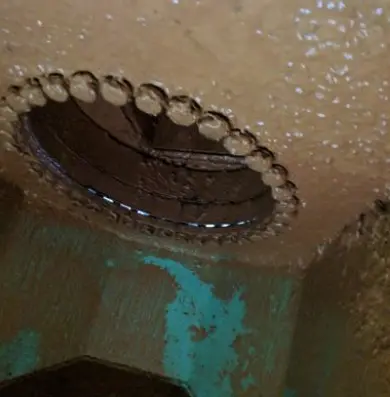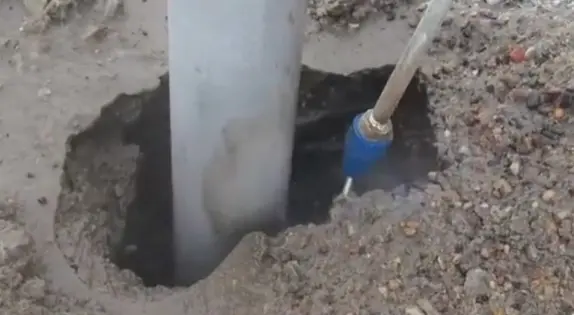
Hydrovac or Airvac? What’s Better?
Which Method Is Faster?
Vacuum excavation is growing across Canada as the construction industry and utility owners shift to non-destructive methods to safely excavate around un...
Which Method Is Faster?
Vacuum excavation is growing across Canada as the construction industry and utility owners shift to non-destructive methods to safely excavate around un...
A few seconds of maintenance could save you thousands of dollars!
Maintaining a Positive Displacement Blower
The positive displacement blower is the soul of your hydrovac. Les...
Whatever it is, the way you tell your story online can make all the difference.
In my 20 some years in this industry, I’m still amazed to find so many people and companies do n...
This article is sponsored by hydra•flex Inc.
Even though spray nozzles are a physically small component in our overall operation, they are vitally important. The success of you...
In this article my goal is to help you keep your pumps running well to minimizing downtime. That means more money in your pocket.
I have traveled all over North America and am ...
Get the longevity out of your equipment that you deserve!
The importance of replacing the hydraulic filter in your new equipment!
Here’s a filter that was changed out on a new...




